| Table 1: | Signal Combination |
| Table 2: | Solenoid On/Off State |
Selector Lever/Program Switch
The driver selects the travel position using the selector lever:
| • | P: Park Position |
| • | R: Reverse |
| • | N: Neutral |
| • | D: Forward Speeds |
Park/Neutral Position Switch
The park/neutral position switch is located on the selector shaft, which is connected to the selector lever by a pull cable. The switch informs the transmission control module (TCM) of the current selector lever position.
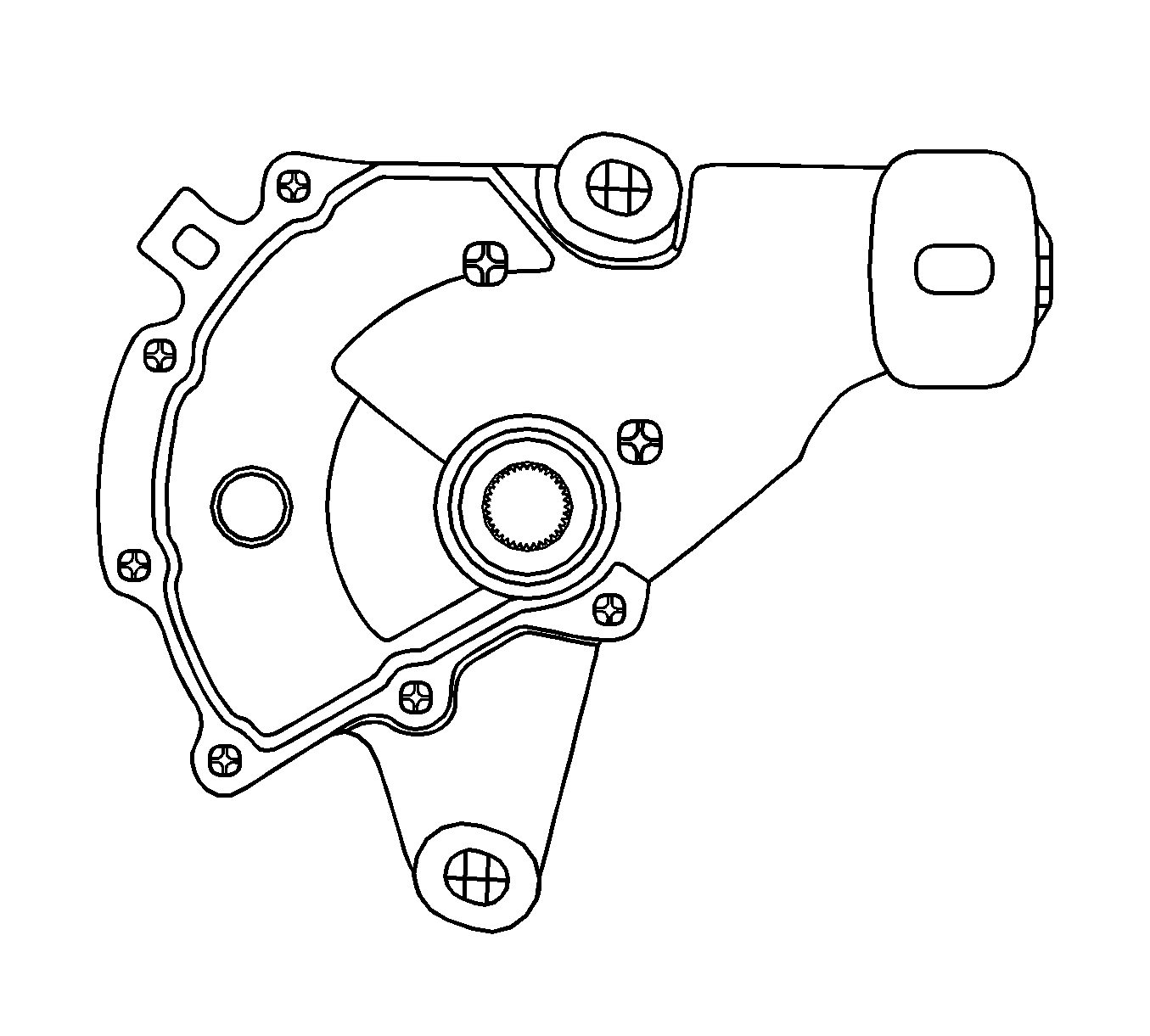
The selector lever position is transmitted to the TCM in encoded form along 4 lines. The encoding ensures that malfunctions in the connecting lead are identified.
Position | L1 | L2 | L3 | L4 |
|---|---|---|---|---|
P | 0 | 0 | 12 | 0 |
R | 0 | 0 | 0 | 12 |
N | 0 | 12 | 0 | 0 |
D | 12 | 12 | 12 | 0 |
3 | 12 | 12 | 0 | 12 |
2 | 12 | 0 | 12 | 12 |
1 | 0 | 12 | 12 | 12 |
In addition the switch controls the starter interlock, the reversing light and the selector lever position indicator on the instrument panel.
Automatic Transaxle Output Speed Sensor (A/T OSS)
The vehicle A/T output speed sensor (OSS) is a magnetic inductive pickup that relays information about vehicle speed to the transmission control module (TCM). The TCM uses this information to control the following functions:
| • | Shift timing |
| • | Line pressure |
| • | Torque converter clutch (TCC) apply and release |

The OSS mounts in the case at the speed sensor rotor, which is pressed onto the spur gear. An air gap of 0.1-1.3 mm (0.004-0.050 in) is maintained between the sensor and the teeth on the spur gear. The sensor consists of a permanent magnet surrounded by a coil of wire. As the differential rotates, the OSS generates an AC signal.
Automatic Transaxle Input Speed Sensor (A/T ISS)
The A/T input speed sensor (ISS) is a magnetic inductive pickup that relays information about the transaxle input speed to the transmission control module (TCM). The TCM uses this information to perform the following functions:
| • | Controls line pressure |
| • | Controls torque converter clutch (TCC) apply and release |
| • | Controls transaxle shift patterns |
| • | Calculates the appropriate operating gear ratios |
| • | Calculates TCC slippage |
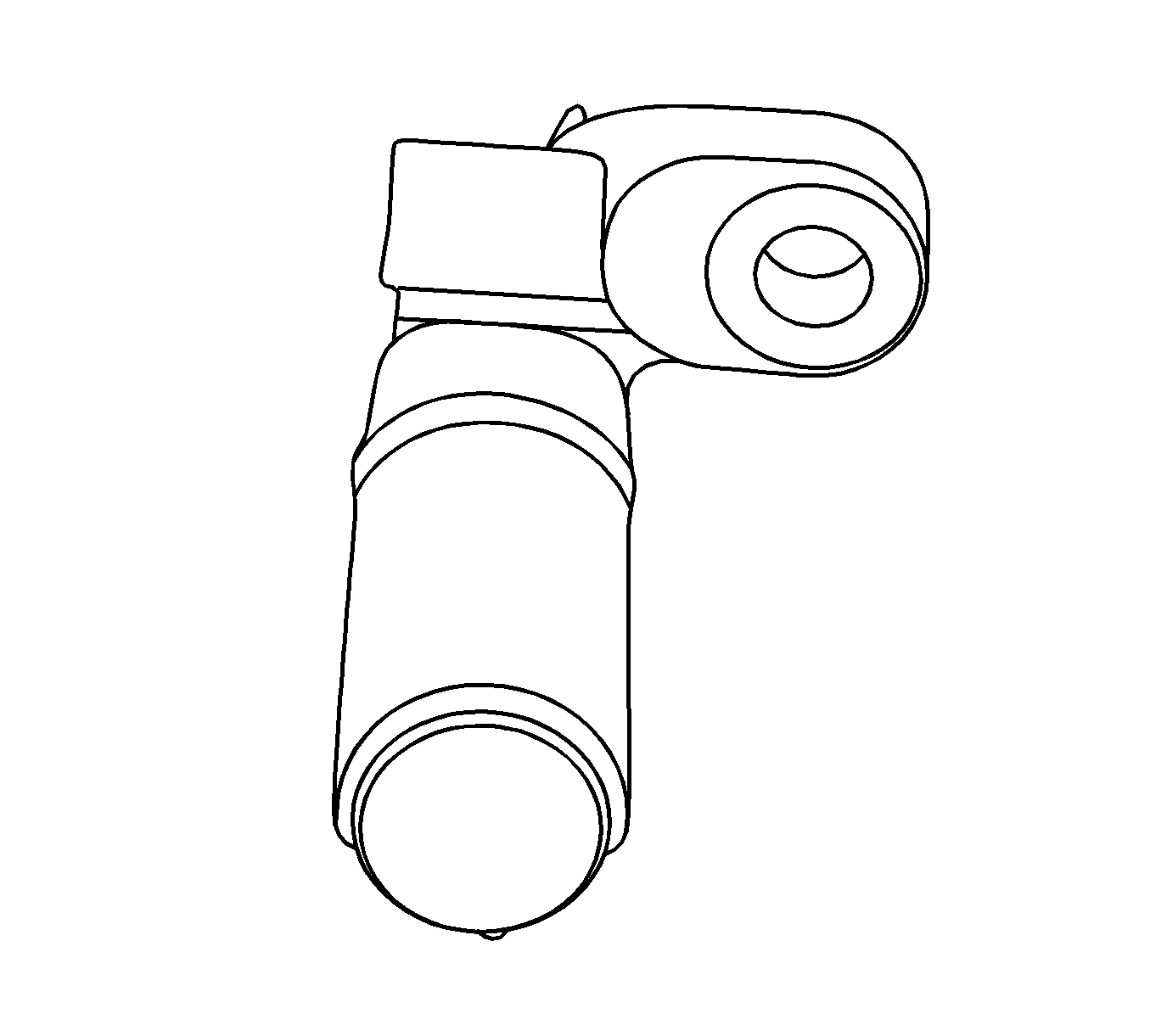
The ISS mounts onto piston B the valve body. An air gap of 1.8-2.2 mm (0.070-0.086 in) is maintained between the sensor and piston B. The sensor consists of a permanent magnet surrounded by a coil of wire. As piston B is driven by the turbine shaft, the ISS induces an AC signal.
Higher vehicle speeds induce a higher frequency and a higher voltage measurement at the sensor. Sensor resistance should measure between 825-835ohms at 20°C (68°F). The sensor can measure between 1,000-8,000 Hz.
Shift Solenoid Valve: Solenoid 1, 2
The shift solenoids are 2 identical, normally open, electronic exhaust valves that control upshifts and downshifts in all forward gear ranges. These shift solenoid valves work together in a combination of ON and OFF sequences to control the line pressure and shift mechanisms.
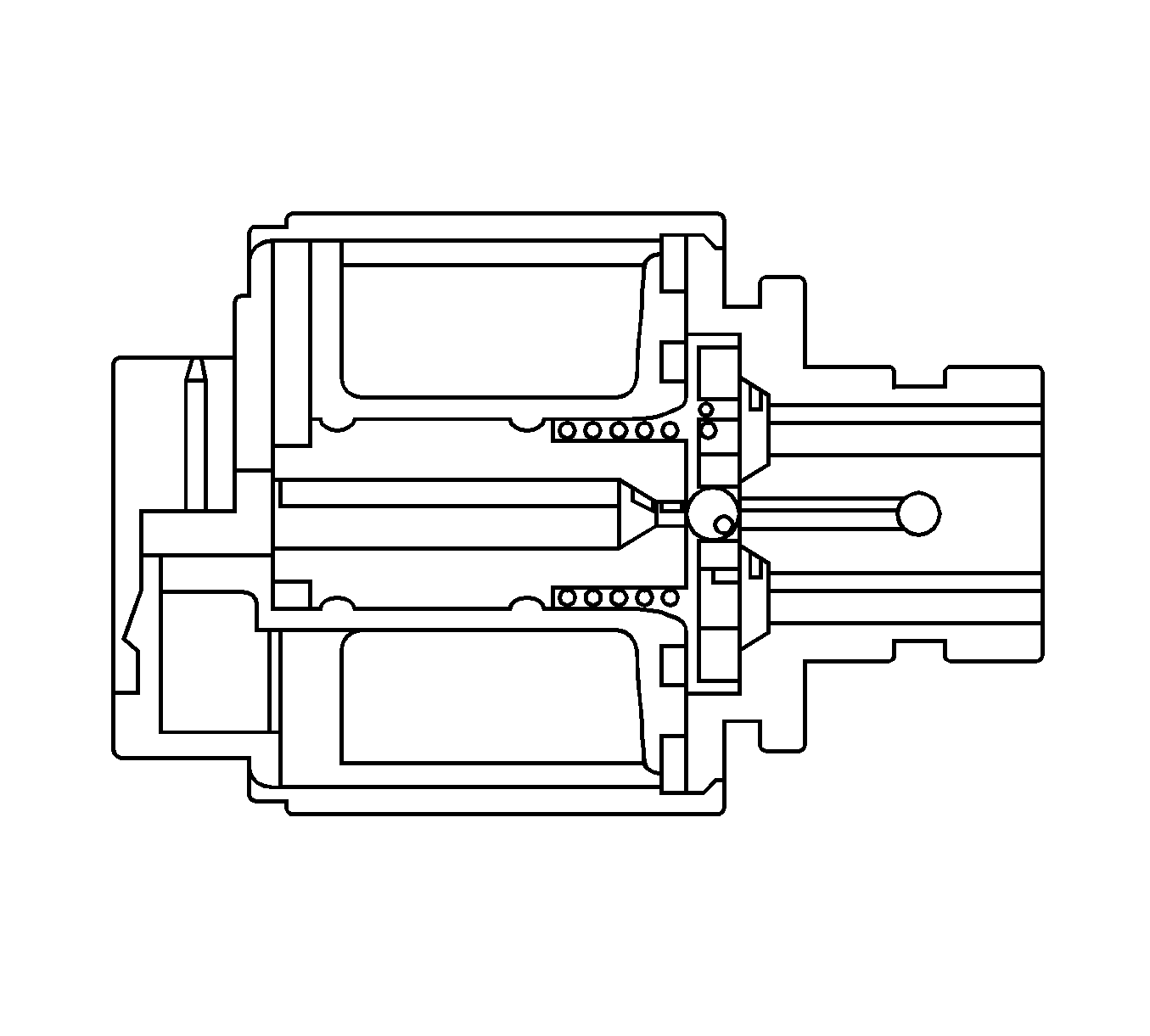
Solenoid 1 controls the flow to each clutch valve by the operation type, that is, if solenoid 1 is ON, line pressure will be low: 87-116 psi (599-799 kPa) (6-8 bar). If solenoid 1 is OFF, line pressure will be high: 232-261 psi (1599-1799 kPa) (16-18 bar). The resistance is assumed to be 26-27ohms.
Solenoid 2 controls the oil flow to the lock-up clutch valve E by the ON/OFF signal.
The TCM monitors numerous inputs to determine the appropriate solenoid state combinations and the transaxle gear for the vehicle operating conditions.
Gear | Solenoid 1 | Solenoid 2 |
|---|---|---|
Park, Neutral | ON | ON |
First | ON/OFF | ON |
Second | ON/OFF | OFF |
Third | ON/OFF | OFF |
Fourth | ON/OFF | OFF |
Reverse | ON/OFF | ON |
Pressure Control Solenoid Valve
The pressure control valve is a precision electronic pressure regulator that controls the operation of the clutches, brakes, and the torque converter clutch (TCC).
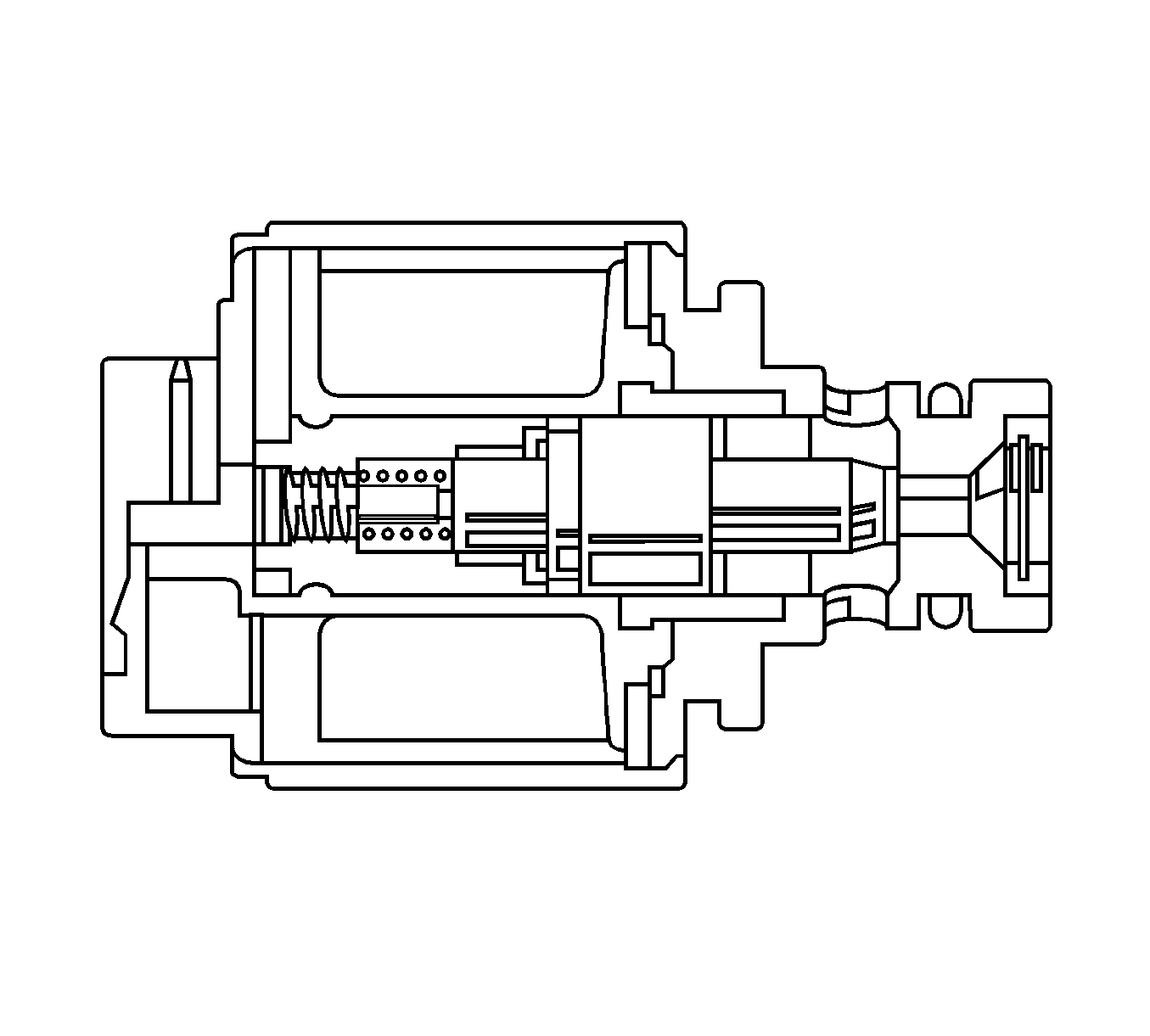
The valve reduces the system pressure with which the downstream solenoid valves and the electrical pressure regulating valves are supplied. Smaller solenoid valves can be used as a result. This valve requires a constant input pressure.
Transaxle Fluid Temperature (TFT) Sensor
The transaxle fluid temperature (TFT) sensor is a positive temperature coefficient thermistor that provides information to the transmission control module (TCM) regarding transaxle fluid temperature. The temperature sensor is located in the valve body. Calculated temperature is used to determine the shift time and the shift delay time.
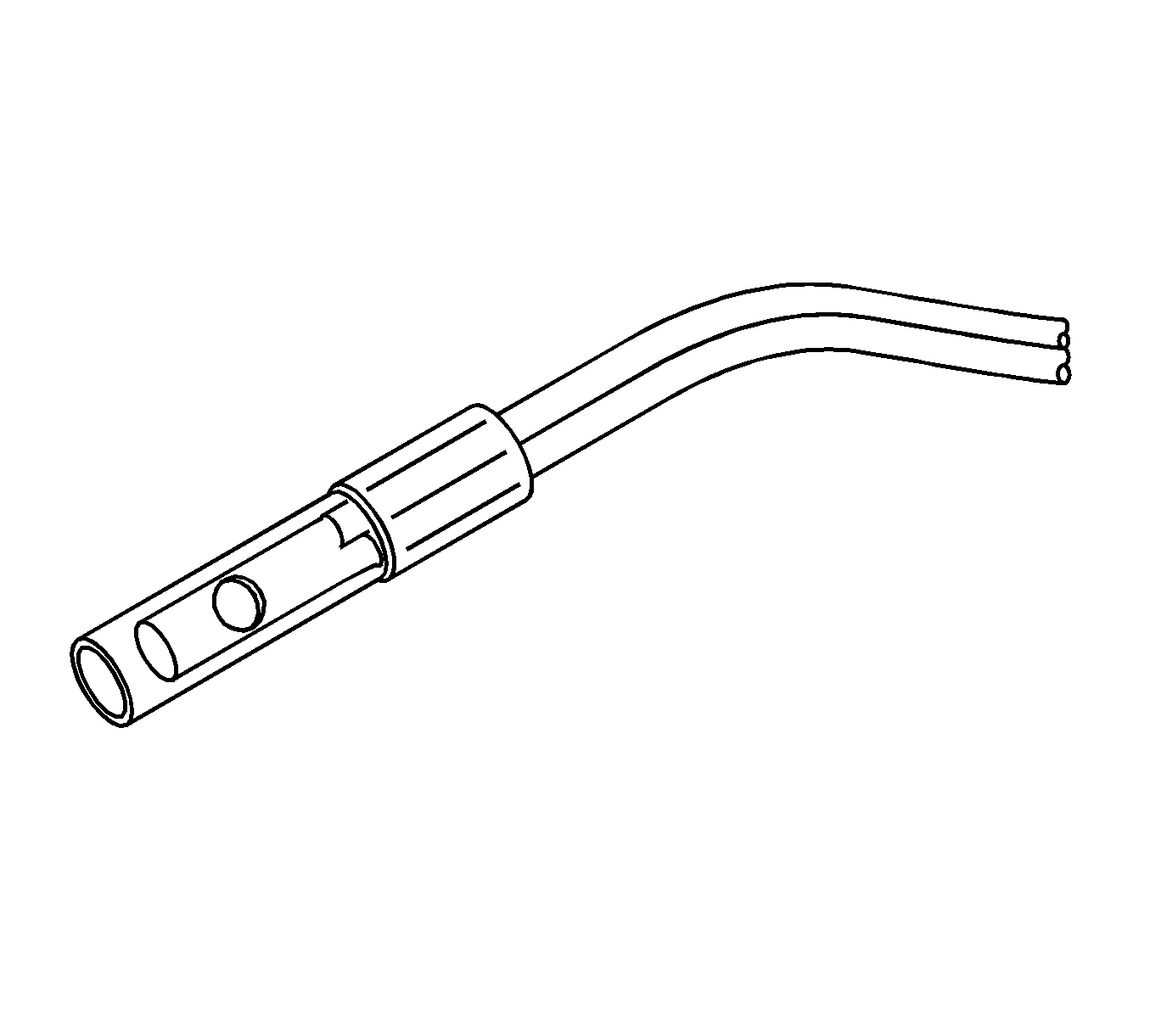
The internal electrical resistance of the sensor varies in relation to the operating temperature of the transaxle fluid, as shown in the following chart:
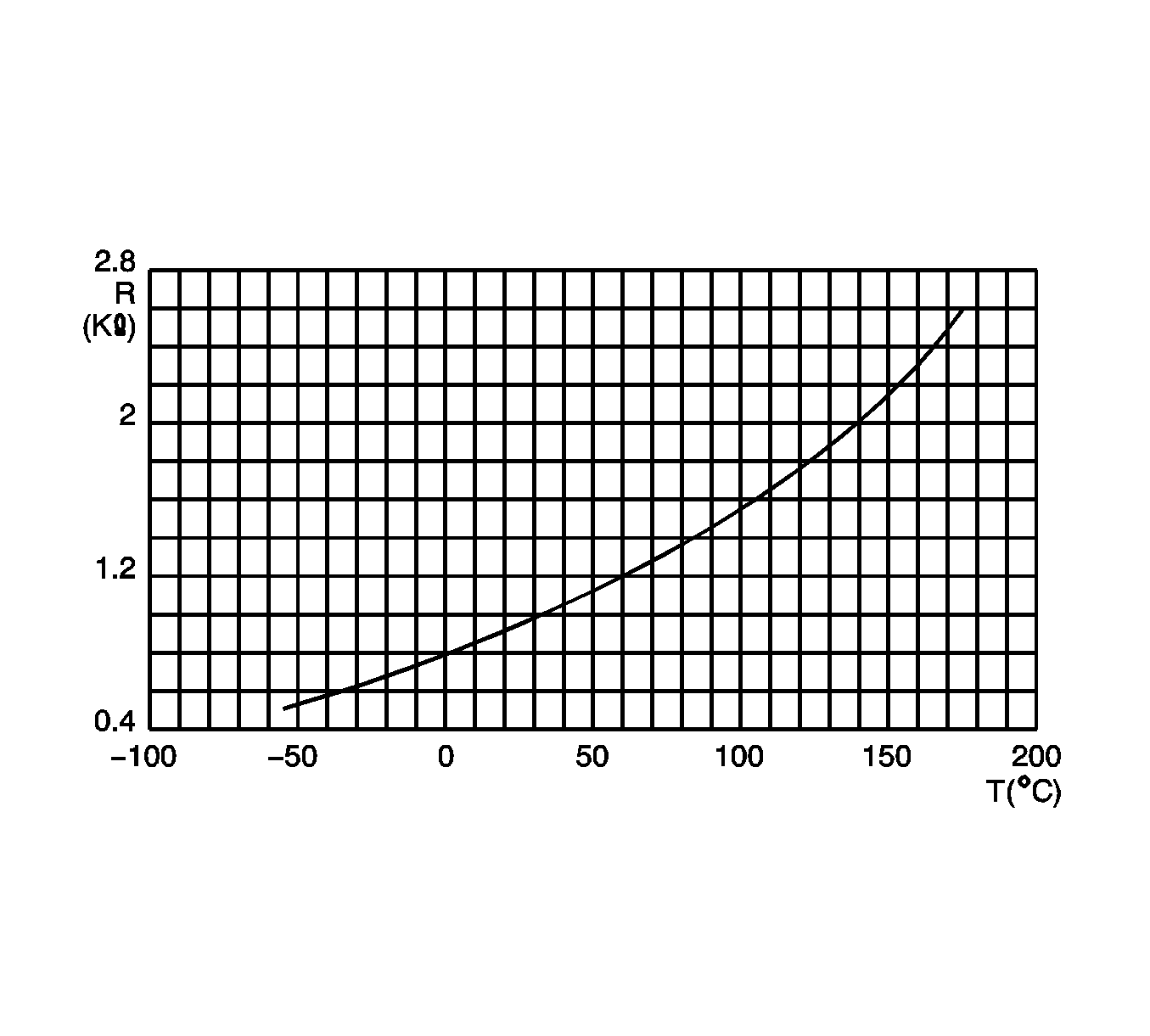
The TCM measures this voltage as another input to help control line pressure, shift schedules, and torque converter clutch (TCC) apply.
On some applications, when transaxle fluid temperature reaches 140°C (284°F), the TCM modifies the transaxle shift schedules and TCC apply in an attempt to reduce fluid temperature by reducing transaxle heat generation. During this time the TCM applies the TCC at all times in fourth gear. Also the TCM commands the 2-3 and the 3-4 shifts earlier to help reduce fluid heat generation. Refer to Transmission Fluid Temperature Sensor Specifications .
Transaxle Electrical Connector
The transaxle electrical connector is a very important part of the transaxle operating system. Any interference with the electrical connection can cause the transaxle to set DTCs or affect proper operation
To remove the connector, squeeze the two tabs toward each other and pull straight up, as shown in the illustration.
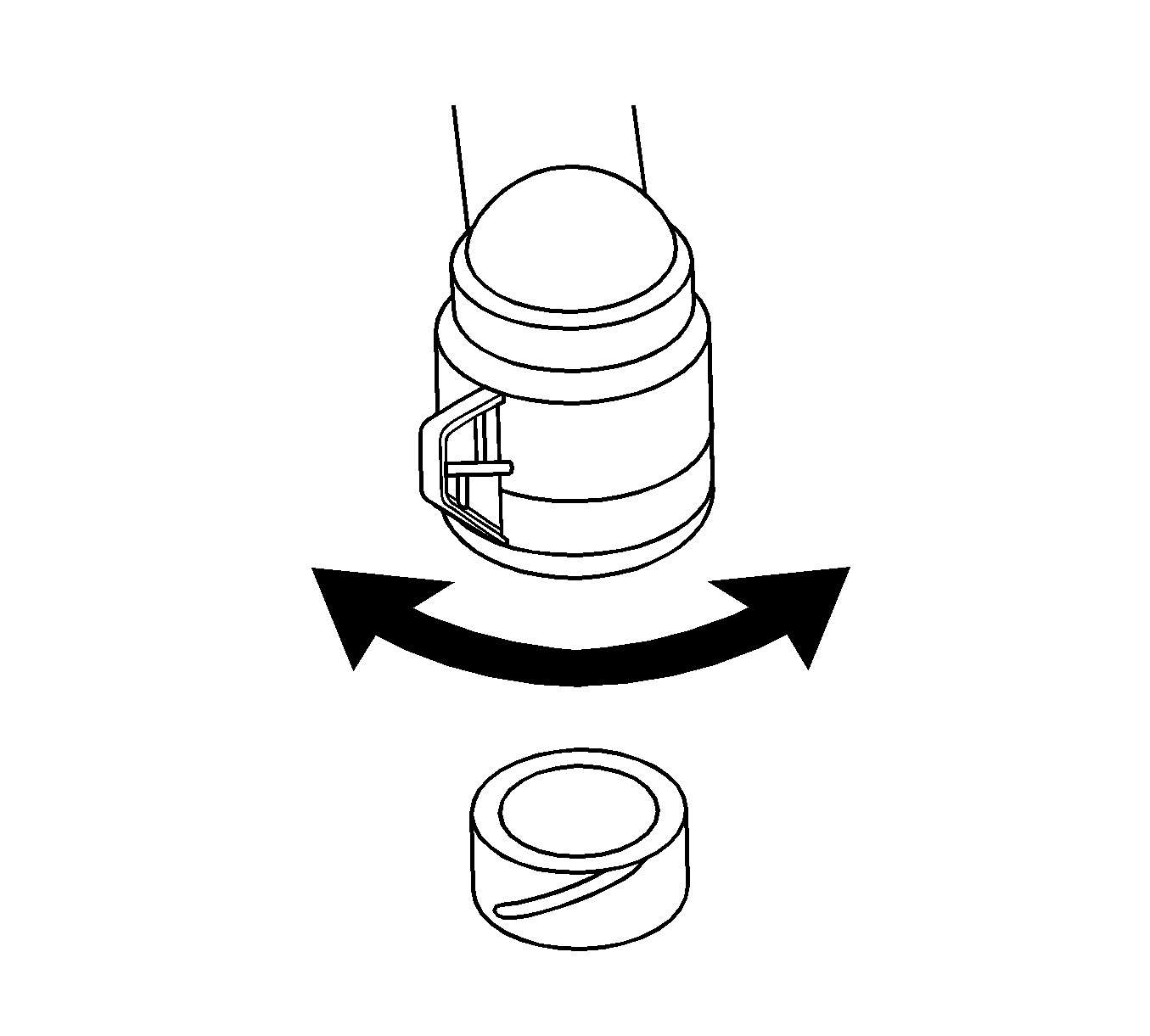
The following items can affect the electrical connections:
| • | Bent pins in the connector from rough handling during connection and disconnection |
| • | Wires backing away from the pins or coming unclamped, in either internal or external wiring harnesses |
| • | Dirt contamination entering the connector when disconnected |
| • | Pins in the internal wiring connector backing out of the connector or being pushed out during reconnection |
| • | Excessive transaxle fluid leaking into the connector, backing up into the external wiring harness and degrading the wire insulation |
| • | Water or moisture intrusion in the connector |
| • | Low pin retention in the external connector from excessive connection and disconnection of the wiring connector assembly |
| • | Pin corrosion from contamination |
| • | A broken or cracked connector assembly |
Remember the following points when working with the transaxle wiring connector assembly:
| • | Remove the connector carefully without twisting or wiggling the connector. Bent pins can occur. |
| • | Do NOT pry the connector off with a screwdriver or other tool. |
| • | When reinstalling the external wiring connector, orient the pins by lining up the arrows on each half of the connector. |
| • | Push the connector straight down into the transaxle without twisting or angling the mating pards. |
| • | The connector should click into place with a positive feel or noise. |
Transaxle Control Module (TCM)
The TCM is an electronic device which monitors inputs in order to control the following conditions within the control program:
| • | Various transaxle functions including shift quality |
| • | Transaxle sensors, switches, and components |
Based on this input information, the TCM controls various transaxle output functions and devices.
TCM Initialization
When one or more operations as listed below are performed, all learned contents which are stored in the TCM memory should be erased after the operations.
| • | When the automatic transmission harness wiring is replaced in the vehicle. |
| • | When a used TCU is installed. |
| • | When a vehicle condition is unstable (engine Idle, TPS toggling). |
- Connect the scan tool.
- Turn the ignition switch to the ON position.
- Follow the TCM Learned Initialize procedure on the scan tool.
Important: Before pushing the Yes button for the TCM initialization on the scan tool, make sure the condition is as follows:
• Vehicle is in Park. • Engine is at idle.
Data Link Connector (DLC)
The data link connector (DLC) is a multiple cavity connector, which provides the means to access serial data from the TCM to aid in powertrain diagnosis. The DLC allows the technician to use a scan tool to monitor various systems and display diagnostic trouble codes. The DLC connector is located with the driver compartment, directly below the steering column.
TCM Inputs that Affect the 4HP 16 Transaxle
Notice: Lack of basic knowledge of this powertrain when performing diagnostic procedures could result in incorrect diagnostic performance or damage to powertrain components. Do not attempt to diagnose a powertrain problem without this basic knowledge.
Throttle Position Sensor
| • | Provides throttle position data to the TCM for determining shift patterns and torque converter clutch (TCC) apply/release |
| • | An incorrect throttle position sensor input could cause erratic or shift pattern, poor shift quality, or TCC function. |
Automatic Transaxle Output (Shaft) Speed Sensor
| • | Provides vehicle speed data to the TCM for determining shift patterns and TCC apply/release, and gear ratio calculations |
| • | An incorrect throttle position sensor input could cause erratic or shift pattern, poor shift quality, or TCC function. |
Automatic Transaxle Input (Shaft) Speed Sensor
Provides transaxle input speed data to the TCM for determining shift patterns and TCC apply/release, and gear ratio
Engine Coolant Temperature Sensor
| • | Provides coolant temperature data to the TCM for determining initial TCC engagement |
| • | An incorrect engine coolant temperature sensor input could cause an incorrect initial TCC apply. |
Engine Speed
| • | The ignition module provides engine speed data to the TCM. |
| • | The TCM uses engine speed information for controlling wide open throttle shifts and the TCC pulse width modulation (PWM) solenoid duty cycle. |
Stop Lamp Switch
| • | Provides brake apply information to the TCM for controlling TCC apply and release |
| • | An incorrect TCC stop lamp switch input could cause an incorrect TCC apply or release. |
Transaxle Fluid Temperature (TFT) Sensor
| • | Provides transaxle fluid temperature information to the TCM for determining alternate shift patterns and TCC apply during high temperature conditions, hot mode operation |
| • | An incorrect transaxle temperature sensor input could cause altered shift patterns, poor shift quality, and incorrect TCC apply. |
